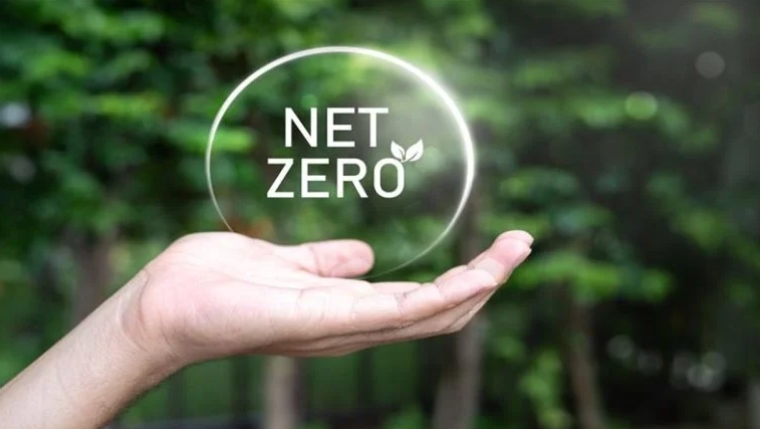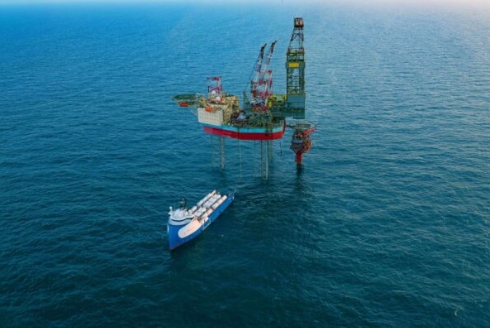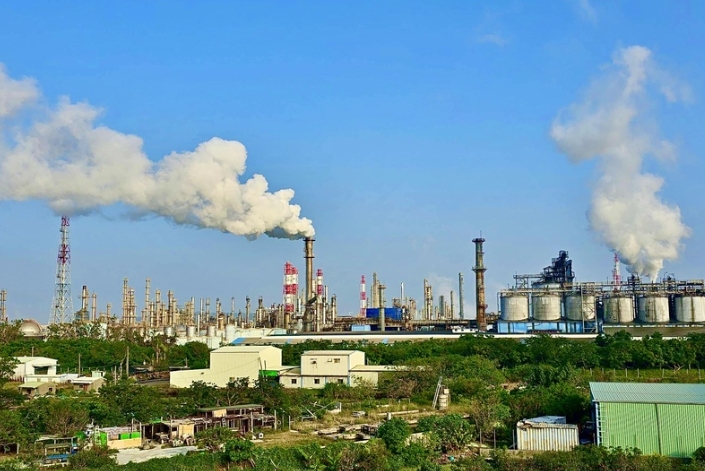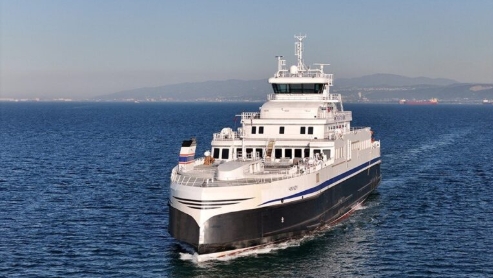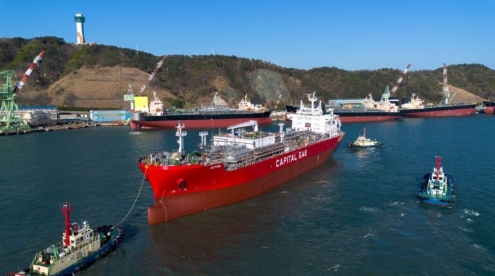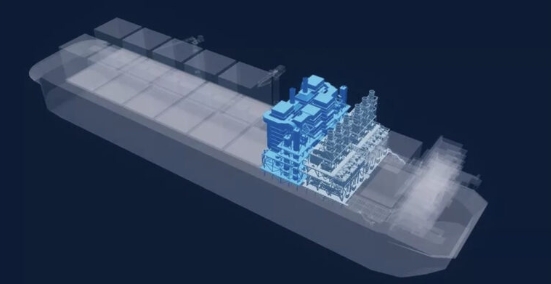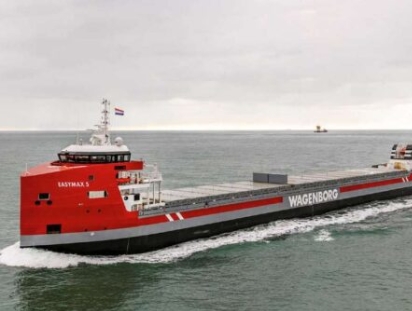Investment in large-scale renewable energy hit new heights in 2018 with $20 billion worth of generation capacity totalling 14.5 gigawatts either financially committed or under construction, according to the Clean Energy Council.
But renewables investment fell by 60 per cent this year, which Climate Council councillor Greg Bourne said was caused by the federal government's lack of guiding policy.
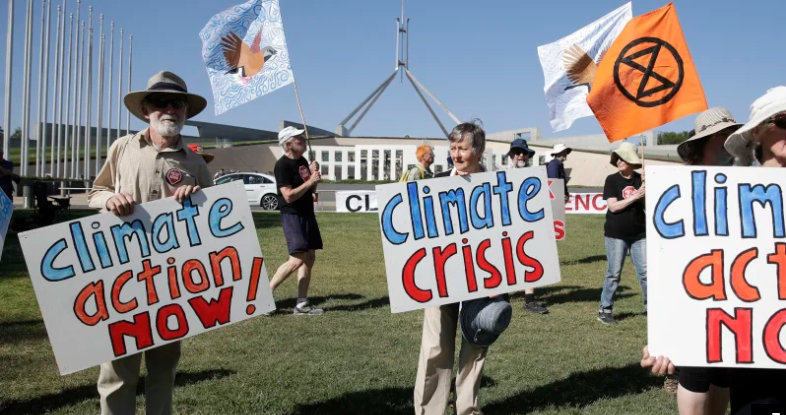
"There's no vision for an energy transition being promulgated by the federal government, and then there's the overhang of their possible investment in coal - whether it be trying to keep the Liddell or Vailes Point coal-fired power stations open," Mr Bourne said.
Investment in solar and wind projects had been stimulated by the Renewable Energy Target, which required energy generators and retailers to purchase renewable energy to a level where 33,000 gigawatt-hours of Australia's electricity comes from renewables by 2020.
Mr Bourne said while federal incentives for renewables expired with the RET, states are pursuing their own targets.
All state and territory governments have either formal or draft targets to reach net zero emissions by 2050.
"The states can see coal power will slowly but surely go and be replaced," he said.
"One of the things that strikes me is the states are in the driving seat - that's where jobs are lost and won, where investment is made and pulled and they have an enormous need to work out their energy transition."
NSW Energy and Environment Minister Matt Kean last week announced plans for a 3000-megawatt renewable energy zone centred around Dubbo.
New laws, set to be legislated next year, would exempt the central west NSW zone from investment rules that govern approvals for electricity generation connecting to the National Electricity Market.
Regulation bodies support the plan, including the Australian Energy Market Operator and the Australian Energy Markets Commission.
Victoria and NSW both generated more than 17 per cent of their electricity from renewable energy in 2018. Victoria has set itself a renewable energy of 50 per cent by 2030 and has committed $1.3 billion to a program to increase rooftop solar and storage.
The Energy Users Association of Australia has has been critical of the "dysfunctional political environment" which "dramatically increased the risk associated with investment" in energy generation.
The lack of national strategy, which has seen state governments puruse their own renewable energy strategies, had caused perverse market outcomes.
"We have an ageing fleet of coal fired power stations that will progressively retire, an unprecedented uptake of renewable energy and stubbornly high gas prices," EUAA chief executive Andrew Richards said in August.
"Clearly, we need all governments to begin a positive conversation on how we can better manage the energy transition. This is a fundamental shift in our energy system and without nation-wide coordination of this transition, energy bills will only go up and reliability will fall."
At the meeting of the Council of Australian Governments energy council last week state and federal ministers agreed to develop by March a strategy to manage the electricity transmission infrastructure, which will be needed to integrate the increasing volume of renewable energy supply coming from regional areas across the country.
Federal Energy and Emissions Reduction Minister Angus Taylor announced $370 million in Commonwealth funds would be invested into the nascent hydrogen energy industry after he had secured the support of the states.
